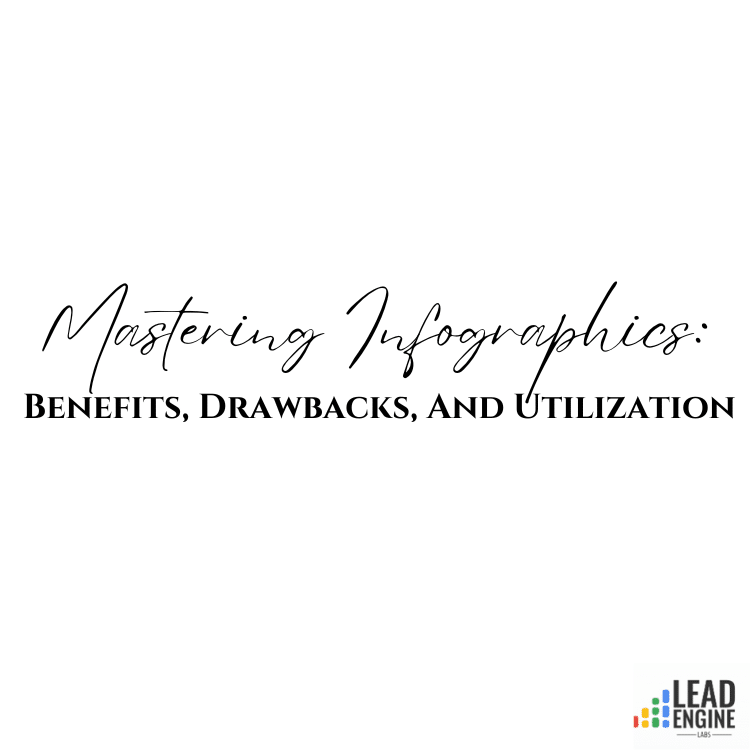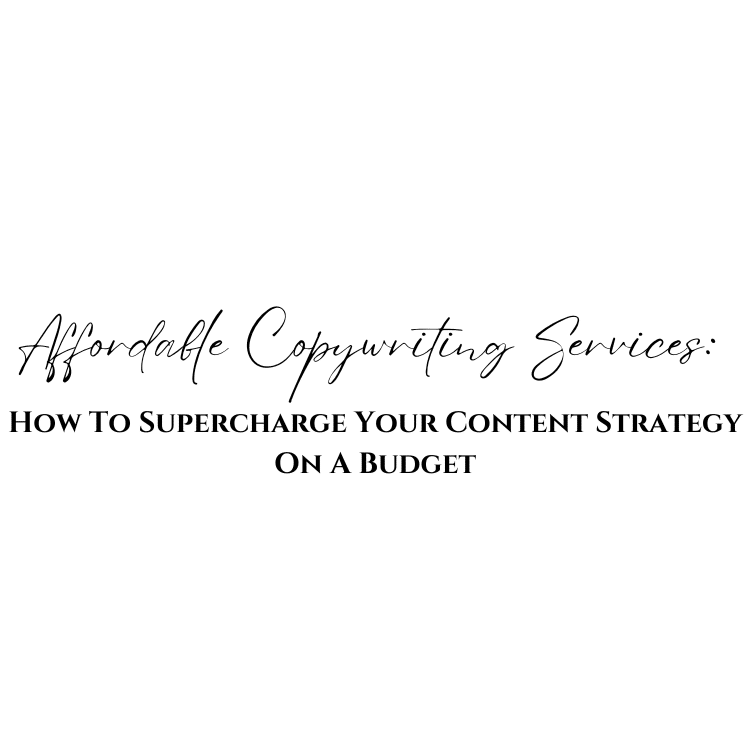Do you want to unlock the secrets to landing page success and turn your website visitors into leads? Look no further than the three surprising stages of landing pages.

This data-driven and strategic approach to content marketing is often overlooked, but it’s the key to achieving real results.
Are you tired of focusing solely on the during stage of your landing pages? It’s time to take a more holistic approach and consider the before and after stages as well.
By optimizing each stage, you can create a landing page that truly converts. In this article, we’ll take a deep dive into each stage and uncover the key elements that make them successful.
Get ready to discover the surprising stages of landing page success.
Key Takeaways
- Landing pages have three stages: before, during, and after, and all three stages are important for successful conversion.
- The headline is the most crucial on-page element of a landing page, and it should be built around the audience’s own keywords.
- Testimonials are a primary way to provide proof for the landing page, and they should be framed in a problem-then-solution format and highlight measurable results.
- The after stage of a landing page is often neglected, but it is crucial for maintaining momentum, and conversational follow-up can be effective in maintaining the relationship with the visitor.
Before Stage of Your Landing Page
Before you start creating your landing page, it’s important to establish a singular goal that will guide everything else, including the headline and call to action.
Take the time to research your target audience and understand their pain points. This will help you create a landing page that speaks directly to their needs.
Establishing goals also means determining what you want visitors to do once they land on your page. Do you want them to sign up for a newsletter, download an e-book, or make a purchase?
Your goals should be specific, measurable, and attainable. By doing audience research and establishing clear goals, you’ll be on your way to creating a successful landing page.
During Stage of Your Landing Page
During the landing page process, you should focus on crafting a compelling headline that speaks directly to your audience’s needs and interests. Your headline should be built around the keywords your audience is searching for, making it easier for them to find your page. To make it even more effective, you can use successful headline templates from resources like Copyblogger’s “How to Write Magnetic Headlines” ebook.
In addition to the headline, your call to action (CTA) copy is also critical during the landing page process. The CTA is the copy that asks your visitor to take the desired action, whether it’s to sign up for a newsletter, download a free e-book, or purchase a product. To craft effective CTA copy, you should focus on the benefits of the action and make it clear what the visitor will gain.
It’s also important to A/B test different CTA elements, such as placement, color, and wording, to see what resonates best with your audience. By focusing on these key elements during the during stage, you can create a successful landing page that converts visitors into leads.
After Stage of Your Landing Page
To maintain the momentum of your landing page, it’s crucial to provide immediate access to the desired action and follow up with additional opportunities to deepen the relationship with your visitor.
Immediate access can be achieved by ensuring that the call to action button is prominently displayed and easily accessible. Additionally, providing a thank you page after the visitor has completed the desired action can help to keep them engaged and excited about the next steps.
Conversational follow-up can be a powerful tool to deepen the relationship with your visitor. This can include personalized emails or even phone calls, where you can address any questions or concerns they may have.
It’s important to continue providing value to your visitor, whether it’s through additional content, exclusive offers, or personalized recommendations. By maintaining momentum and building a strong relationship with your visitor, you can turn them into loyal customers and advocates for your brand.




